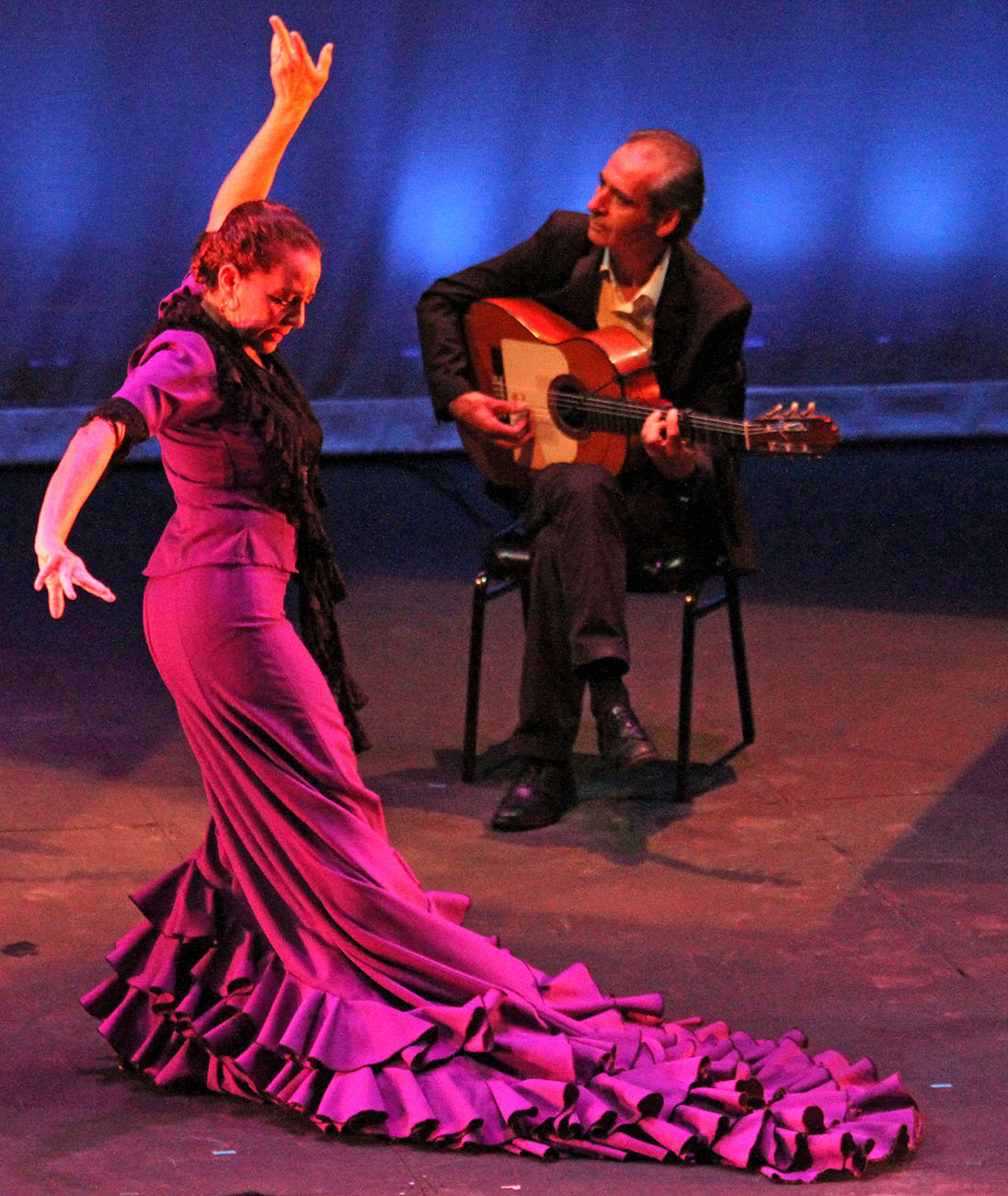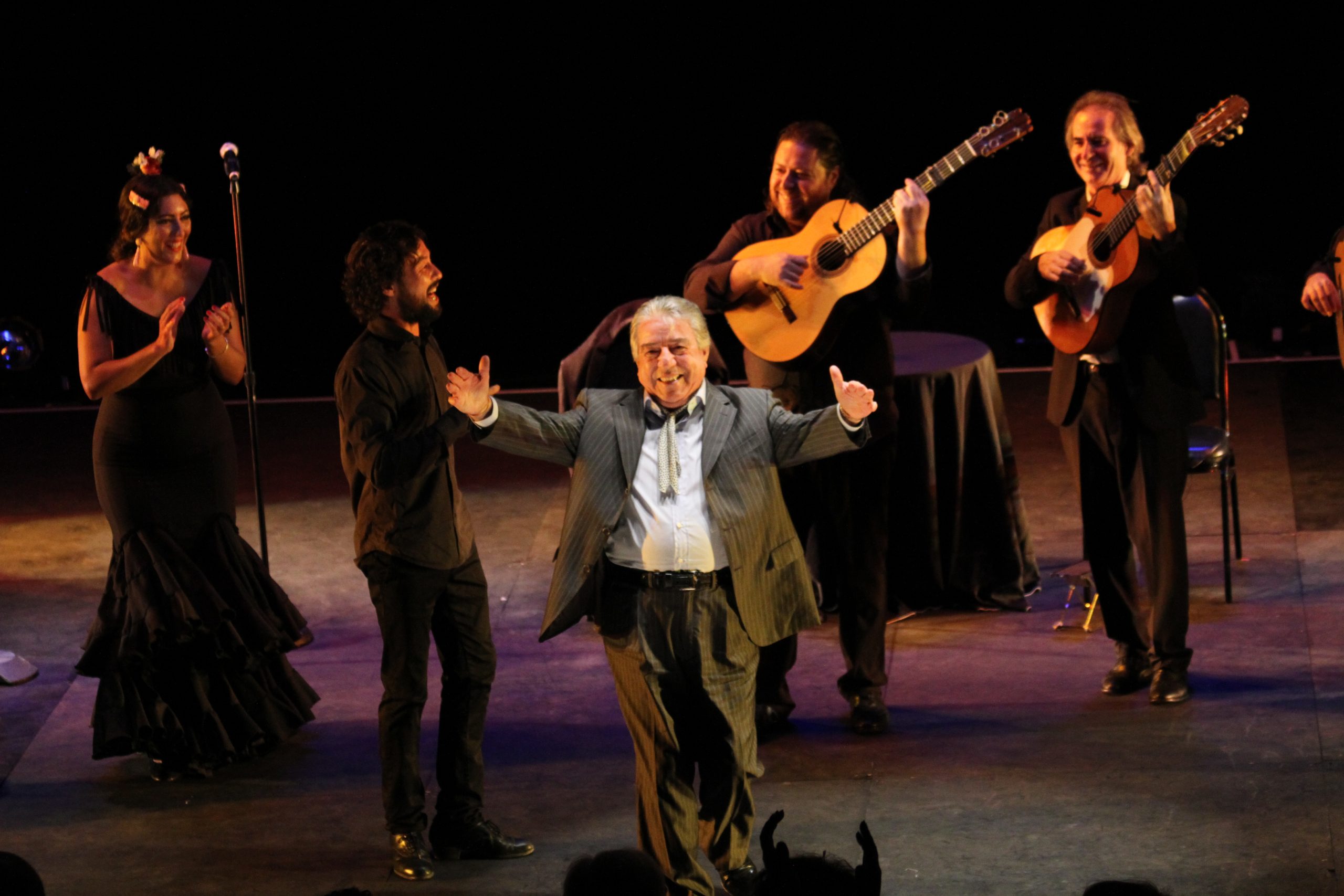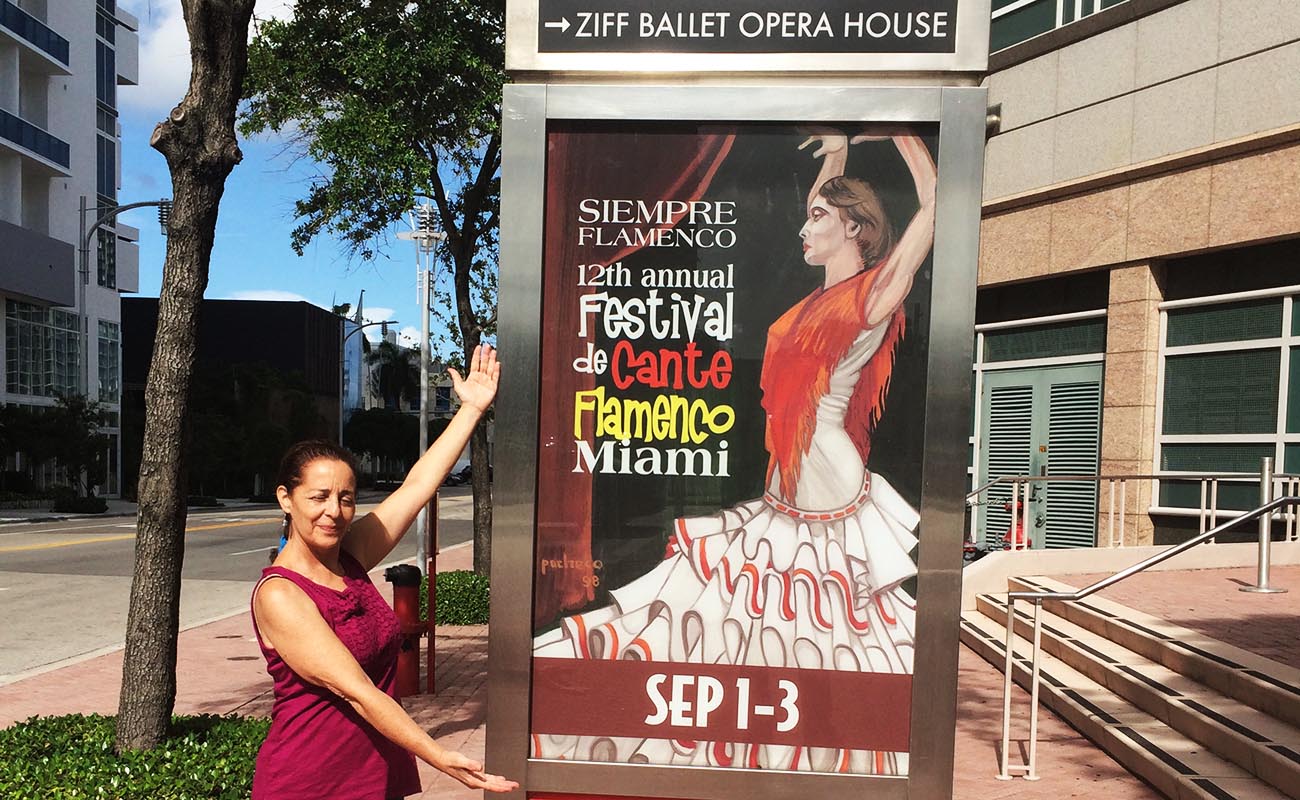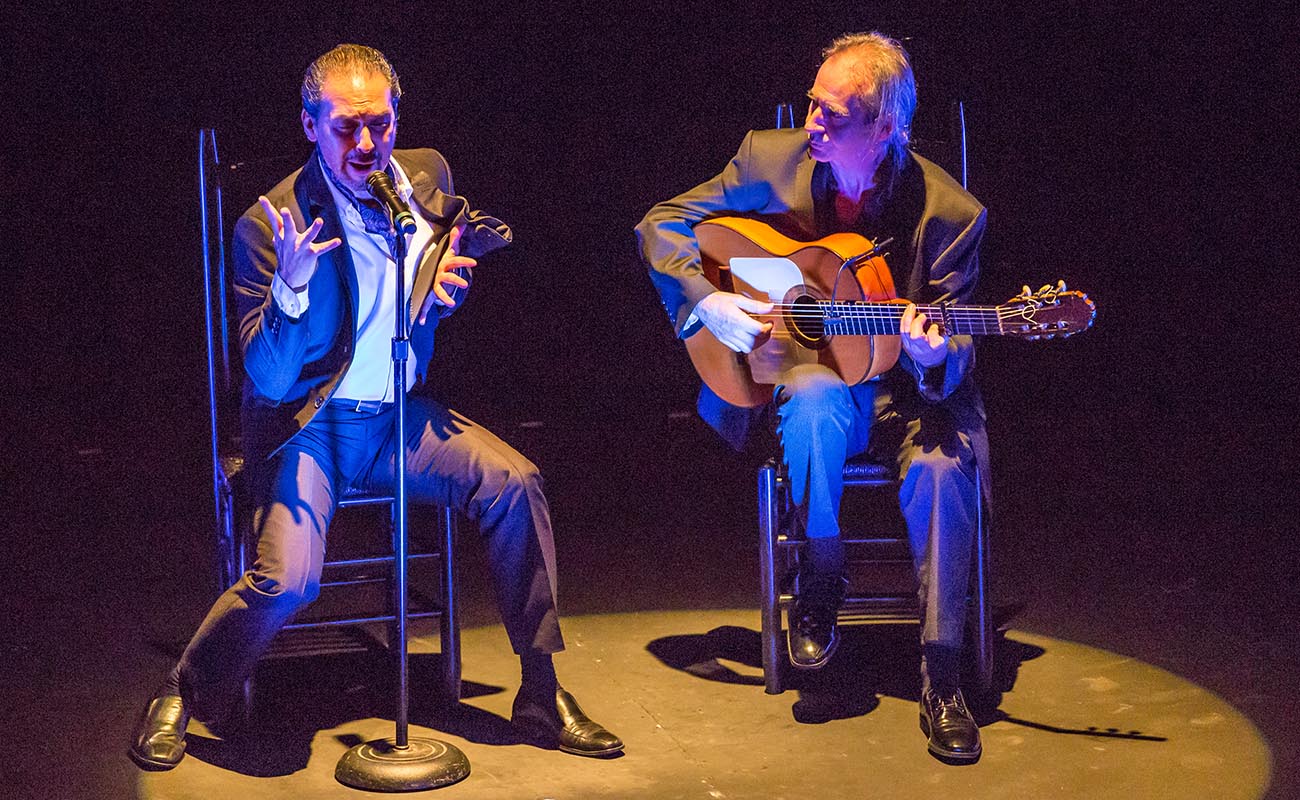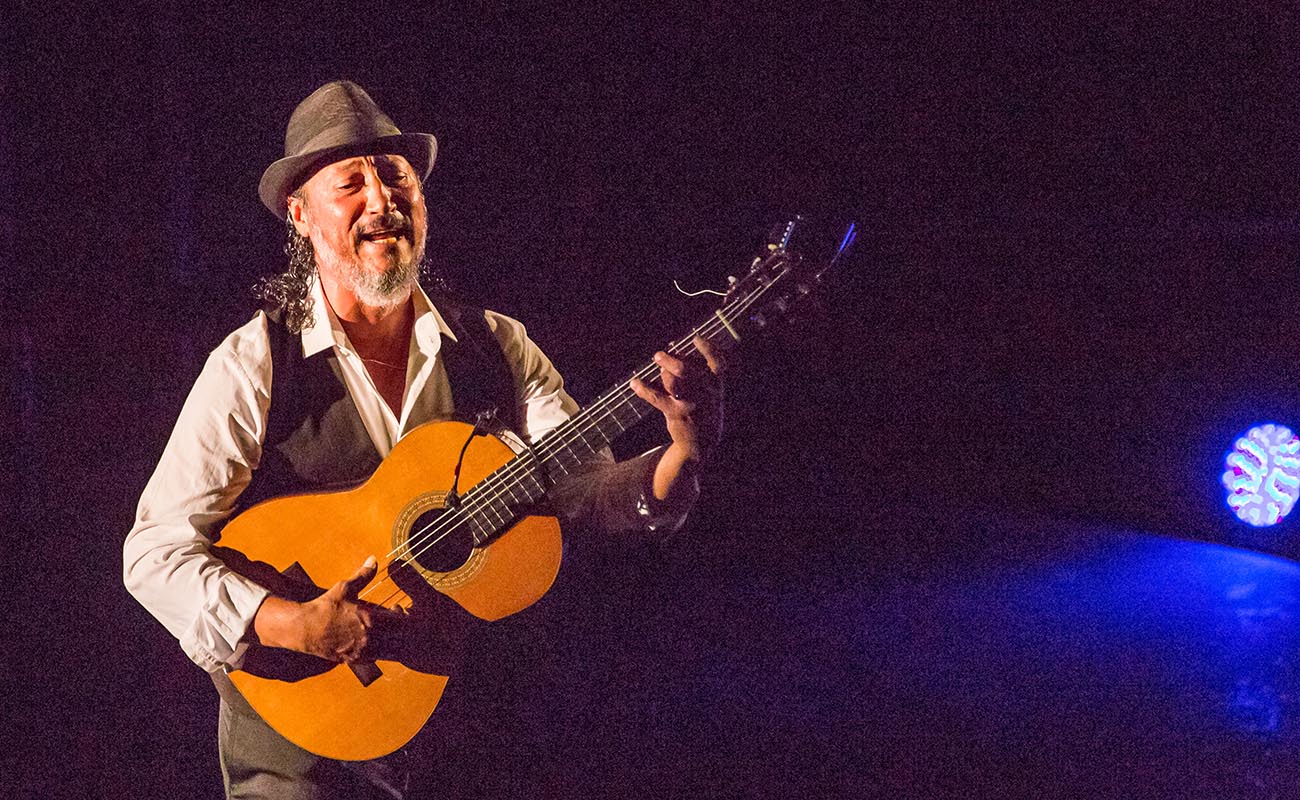Looking for the duende in Miami
Celia Fonta, a dancer from Chicago, and her guitarist/singer husband Paco Fonta, from Jaén, with their Siempre Flamenco project, present the 16th annual Festival de Cante Flamenco de Miami, one of the few, if not the only event of its kind in the U.S.
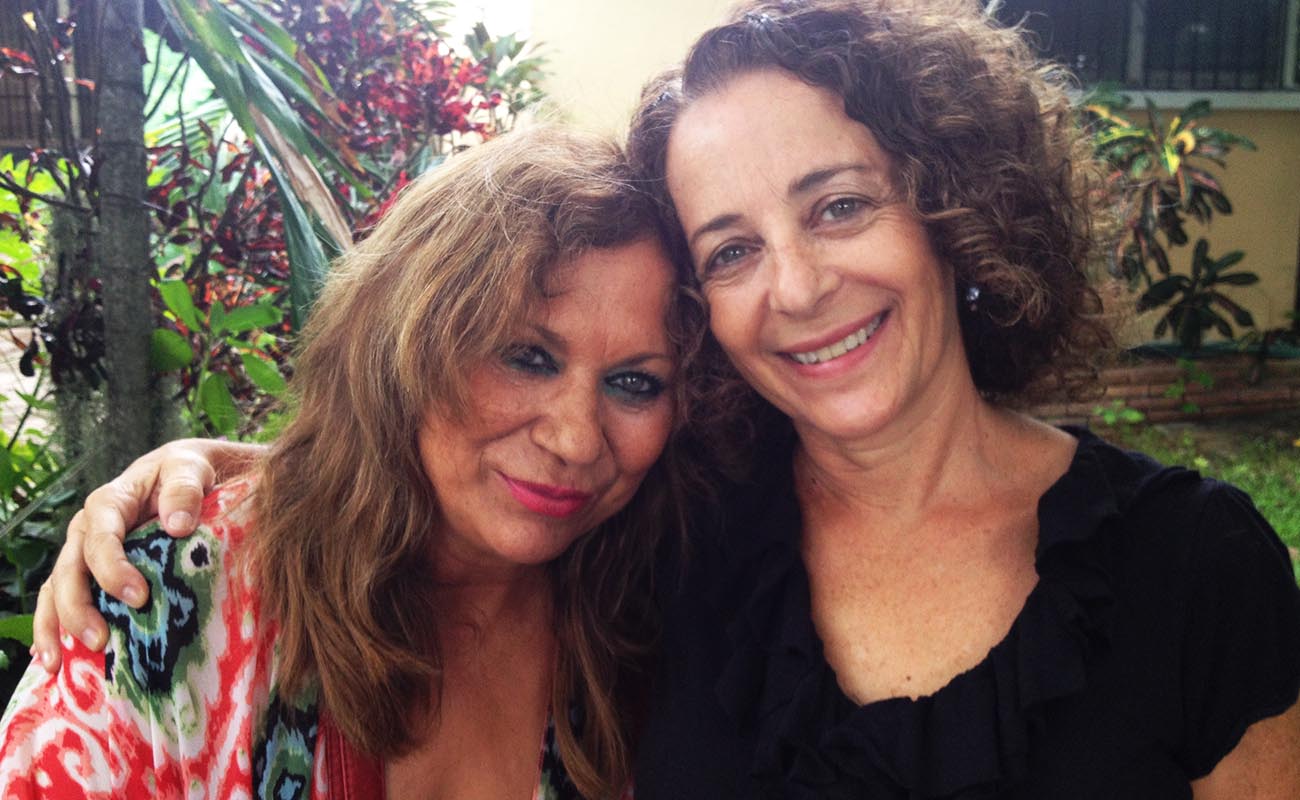
In previous articles we’ve talked about long-running flamenco dance events in the United States, such as the Alburquerque Flamenco Festival in New Mexico, Carlota Santana’s Flamenco Vivo that works out of New York, Susana di Palma’s Zorongo Flamenco Dance Theater based in Minnesota, and others we’ll be looking into. But U.S. flamenco followers tend to have a much lower tolerance for flamenco singing than dancing although Celia Fonta, a dancer from Chicago, and her guitarist/singer husband Paco Fonta from Jaén, with their Siempre Flamenco project, were not put off by this. In fact, they’re about to present the 16th annual Festival de Cante Flamenco de Miami, one of the few, if not the only event of its kind in the U.S.
Shortly before publishing this article, United States immigration authorities threw a monkey-wrench into this year’s plans. The difficult and costly paperwork was recently made more complex, and the deadline became dangerously short for all the newly required red-tape. In recent years, bringing Spanish artists to the U.S. had become extremely difficult, and now the procedure is even more convoluted.
But the Fontas don’t give up easily. The admirable cultural event they produce will shortly be held with only minor changes. Over the years, this innovative initiative has brought lesser-known but interesting artists from Spain who would normally not be seen in North America, interpreters such as the much-missed Susi, Rocío Bazán, José Méndez, Javier Heredía, Miguel Lavi, Macarena de Jerez or guitarist/singer Paco Fernández to name only a few.
The sixteenth Festival de Cante de Miami is scheduled for September 16, 17 and 18 with main artists Macarena de Jerez, Morenito de Íllora, Morenito hijo and Paco Fernández with the dancing of Juan José el Junco in addition to North American interpreters.
We had the following conversation with Paco and Celia Fonta:
Celia, have you managed to sort out the problems with the immigration authorities?
Well, we finally got the visa petition approved. Now we have to hope there’s time to meet the deadline. The visa issue has always been the biggest hurdle, and, to be honest, after the nightmare this time around, I don’t know if we’ll want to continue. And that’s really unfortunate, because this is such a unique festival that we present every year here in the U.S.
Sixteen years ago, what made you and Paco, a dancer and a guitarist/singer, decide to produce a festival of flamenco singing in a country not accustomed to this genre?
Being good flamenco followers, each time we went to Spain we made sure to catch all the cante festivals. We enjoyed them so much, we decided to do something similar here. Thus, we produced the first Festival with artists already in the U.S.
That first Festival featured Pepe de Málaga, one of the few flamenco singers living in Miami at the time, La Morita, who was also living in Miami and a singer from Córdoba, Elena la Cordobesa who lived in Minneapolis. They sang Fandangos, Malagueñas, Tientos, Tarantos, Milonga, Serranas, Guajiras in addition to Soleá, Seguiriyas, Alegrías, Bulerías and Tangos, which gives you an idea of the great variety of forms. The theater was packed, and at the end people stood up and shouted “gracias, gracias!” That was the birth of Siempre Flamenco Festival de Cante.
This year part of our dream is going to be fulfilled, which is to take the Festival to other cities. The seventh edition was brought to perform in Atlanta by Julie Moon, and this year the event will be held in California for the first time thanks to Eddie Diaz and the Flamenco Society of San Jose.
Does the numerous Hispanic population of Miami embrace flamenco?
Yes, absolutely. The Hispanic population in Miami has always been supportive of flamenco and that has helped make Miami a leading destination for flamenco in the U.S.
Do you think you’ve fueled interest in flamenco singing?
The dance always impresses people, even those who have never seen flamenco. The guitar-playing also gets people’s attention and is easy to appreciate. Flamenco singing is a little more difficult to understand, which makes it more exotic. There’s a certain audience for it, but smaller, people who tire of so much foot-stomping, and enjoy these vocals that touch the soul. After these 16 years we’ve got an audience who look forward to this event all year. We’re always surprised when they start buying tickets long in advance. I believe this shows that people are interested in the singing and in our Festival.
How do you fund this enterprise? Do you receive grants or other assistance?
Our organization, Siempre Flamenco is nonprofit, and we are very grateful for the support of the Miami Dade County Cultural Affairs Grants program that gives us funding in order to present this Festival. We also have support from the Adrienne Arsht Center for the Performing Arts, with whom we co present the festival. It would be impossible without the funding, and even if we sell out, we barely break even.
You and Paco have always paid special attention to featuring veteran artists such as María Vargas, Nano de Jerez and Morenito de Íllora among others. What’s behind that? These are not artists who can build a career at this point.
The answer to this question is simply that they have the wisdom. Flamenco is based on respect for the elders. They are the roots, the maestros, the source we must all learn from and which makes this event unique in the United States.
All photographs by Zizi Zabaneh

Ángel Rojas, Paco Fernández, Morenito hijo, Paco Fonta, Celia Fonta, Morenito de Íllora y Rocío Bazán. Festival de Cante Flamenco de Miami 2019.


